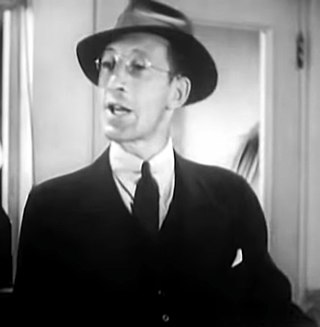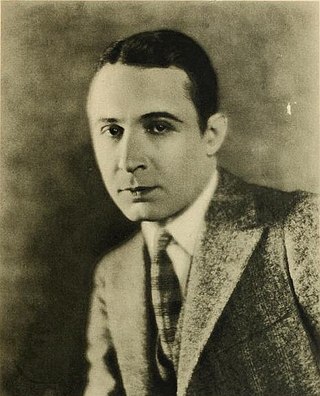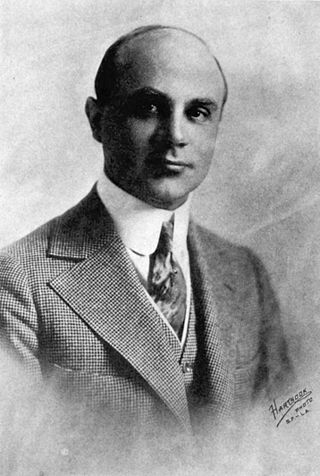
David Wark Griffith was an American film director. Considered one of the most influential figures in the history of the motion picture, he pioneered many aspects of film editing and expanded the art of the narrative film.

Charles Lane was an American character actor and centenarian whose career spanned 76 years.

Wilfred Van Norman Lucas was a Canadian American stage actor who found success in film as an actor, director, and screenwriter.

Owen Moore was an Irish-born American actor, appearing in more than 279 movies spanning from 1908 to 1937.

Frank Borzage was an American film director and actor. He was the first person to win the Academy Award for Best Director for his film 7th Heaven (1927) at the 1st Academy Awards.

Donald William Crisp was an English film actor as well as an early producer, director and screenwriter. His career lasted from the early silent film era into the 1960s. He won an Academy Award for Best Supporting Actor in 1942 for his performance in How Green Was My Valley.

Frankie Darro was an American actor and later in his career a stuntman. He began his career as a child actor in silent films, progressed to lead roles and co-starring roles in adventure, western, dramatic, and comedy films, and later became a character actor and voice-over artist. He is perhaps best known for his role as Lampwick, the unlucky boy who turns into a donkey in Walt Disney's second animated feature, Pinocchio (1940). In early credits, his last name was spelled Darrow.

Lucille La Verne Mitchum was an American actress known for her appearances in early sound films, as well as for her triumphs on the American stage. She is most widely remembered as the voice of the first Disney villain, the Evil Queen in Snow White and the Seven Dwarfs (1937), Walt Disney's first full-length animated feature film.

Marion Leonard was an American stage actress who became one of the first motion picture celebrities in the early years of the silent film era.

Gibson Gowland was an English film actor.

Peter Paul Fix was an American film and television character actor who was best known for his work in Westerns. Fix appeared in more than 100 movies and dozens of television shows over a 56-year career between 1925 and 1981. Fix portrayed Marshal Micah Torrance, opposite Chuck Connors's character in The Rifleman from 1958 to 1963. He later appeared with Connors in the 1966 Western film Ride Beyond Vengeance.

Gerard Montgomery Blue was an American film actor who began his career as a romantic lead in the silent era; and for decades after the advent of sound, he continued to perform as a supporting player in a wide range of motion pictures.

Raymond William Hatton was an American film actor who appeared in almost 500 motion pictures.

Mary Maguire Alden was an American motion picture and stage actress. She was one of the first Broadway actresses to work in Hollywood.

Ian Marcus Wolfe was an American character actor with around 400 film and television credits. Until 1934, he worked in the theatre. That year, he appeared in his first film role and later television, as a character actor. His career lasted seven decades and included many films and TV series; his last screen credit was in 1990.

Oscar C. Apfel was an American film actor, director, screenwriter, and producer. He appeared in more than 160 films between 1913 and 1939, and also directed 94 films between 1911 and 1927.

Ralph Percy Lewis was an American actor of the silent film era.

Robert Christian Anderson was an American actor of Danish birth who appeared in silent films.

Christopher Joseph Devlin, better known as Joe Devlin, was a vaudeville and burlesque performer, and American actor with over 170 film and television credits.

James B. Leong was a Chinese-American character actor and filmmaker who had a long career in Hollywood beginning during the silent era.






















